Tea Ceremony: History, Basics, And Where To Enjoy It In Japan

Tea ceremony (sado) is one of Japan's traditional arts in which hospitality and aesthetics play an important role. In this article you will learn some of the basic points of sado and where to enjoy it in Japan.
Japan's Traditional Tea Ceremony
Tea ceremony, called sado ("the way of tea"), is one of Japan's spiritual practices that can be actively experienced, not just observed.
As a visitor to Japan, you can take part in a tea ceremony while in Japan. This article outlines essential information about the Japanese tea ceremony.
The History and Basics of Tea Ceremony in Japan
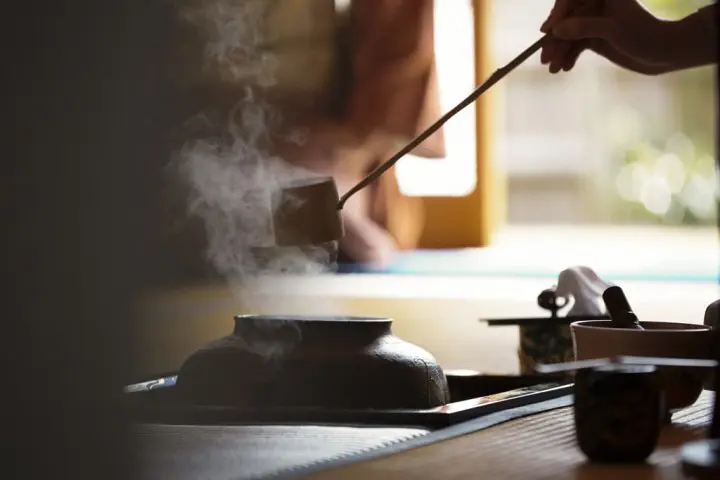
Photo by Pixta
In Japan, kado (ikebana flower arrangement), shodo (calligraphy) and aikido (one of the Japanese martial arts), and other traditional arts incorporating the concept of "dō" (道) demand extensive dedication and effort from practitioners to refine their skills. In English, this character signifies "way" or "path," illustrating the commitment and discipline needed to cultivate both physical prowess and mental fortitude.
The practice of preparing and consuming green tea has its roots in China. Japanese priests and monks who journeyed to China played a pivotal role in introducing and popularizing this tradition in Japan. In the 16th century, the tea master Sen no Rikyu (1522 - 1591) refined the earliest iteration of the tea ceremony.
The tea ceremony is fundamentally an aesthetic ritual where tea is meticulously prepared and savored, not just for its taste but for the holistic sensory experience it offers. Throughout this process, a set sequence of steps is faithfully observed from beginning to end. Both the host, responsible for preparing the powdered green tea, and the guests, who receive this hospitality, uphold and respect the established traditions as the ceremony unfolds.
For many, the allure of the tea ceremony stems from the elegance of its presentation and the inherent spirit of hospitality known as omotenashi, embodying heartfelt care and consideration for guests.
Incidentally, a chakai, or tea gathering is an occasion where individuals come together to partake in the steps of the tea ceremony and enjoy powdered green tea.
Tea Ceremony Etiquette - Rule No. 1: The Guest Is First
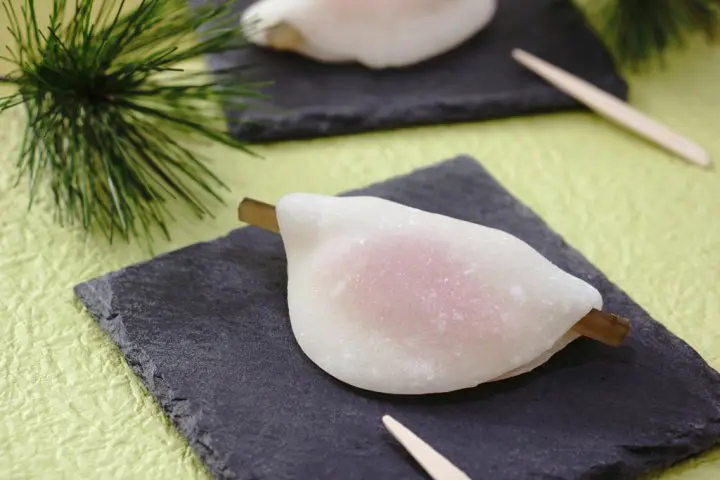
Photo by Pixta
At tea gatherings, individuals without prior knowledge of the tea ceremony typically participate alongside fellow guests in receiving and savoring the green tea. Various schools of tea ceremony exist, each with its unique set of manners and etiquette. However, across these schools, a fundamental rule known as "Osakini" holds universal importance for those partaking in the tea ceremony.
During tea gatherings, sweets (okashi) are initially circulated in a specified seating sequence. Once these treats have been enjoyed, a tea bowl (chawan) filled with prepared green tea is passed around in the same order.
When it's your turn, the customary practice involves turning to the person next in line and offering the salutation "Osakini" before partaking in the sweets and later sipping the green tea. "Osakini (itadakimasu)," translating to "Excuse me for going ahead of you," serves as an expression of consideration and goodwill towards fellow guests at the tea gathering, upholding an essential rule of etiquette in the tea ceremony.
Tea Ceremony Etiquette - Rule No. 2: Showing Respect for the Tea Bowl
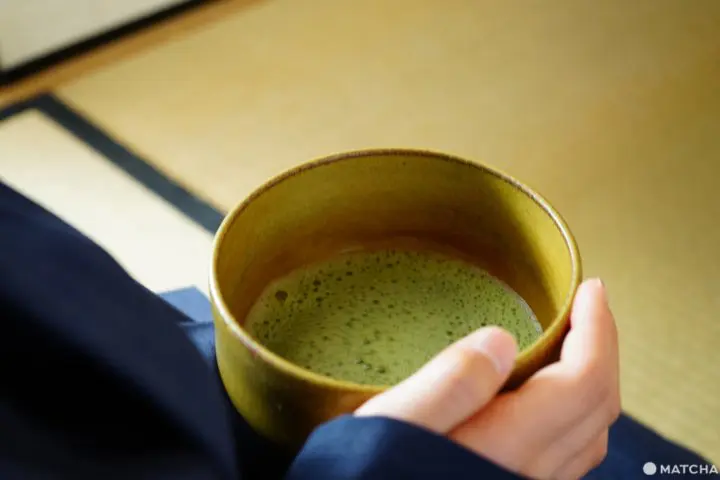
Cutting off pieces one at a time, the sweets are slowly savored and it is not until after guests have finished eating, that the green tea arrives.
Here the important point to remember: one does not drink from the front of the tea bowl. Beautiful designs and drawings, and also imperfections and irregularities (especially with hand thrown pottery bowls) are highly valued, and therefore often appear on the front side of the tea bowl.
While showing off the front of the bowl to all the guests, the bowl gets passed around from person to person. So that the guest receiving the tea can also fully appreciate the front of the bowl, and to prevent getting it dirty, a drink is taken from a different part of the bowl, emphasizing one of tea ceremony's most important manners.
The bowl is picked up with the right hand and placed in the palm of the left hand. Then using the right hand, the bowl is slightly rotated in a clockwise fashion. Making sure to avoid the front of the bowl, the mouth is placed on the lateral side of the bowl and a drink is taken. The tea is not consumed in one big gulp, but rather slowly enjoyed by drinking from the bowl about three times.
Two Types of Matcha Tea: Koicha (Strong Tea) and Usucha (Light Tea)

Photo by Pixta
At the ceremony, two varieties of green tea are usually offered: koicha and usucha. Koicha is an intense, rich emerald green tea prepared in modest quantities by blending hot water with tea powder and whisking it until frothy; participants take turns sipping from the same vessel.
In contrast, usucha is a vibrant green tea diluted with water as it's whisked, with each person receiving their individual cup. During these ceremonies, complementary Japanese traditional sweets are served, harmonizing with the seasonal ambiance.
Places to Experience Tea Ceremony
In Japan, at popular sightseeing spots like Asakusa in Tokyo and Kyoto, there are establishments where visitors can readily participate in tea ceremony workshops. These chances are also plentiful in Japanese gardens and municipal culture centers.
Next, we will direct you to a location geared towards visitors to Japan specifically, offering an immersive tea ceremony experience firsthand.
Sankeien Garden in Yokohama
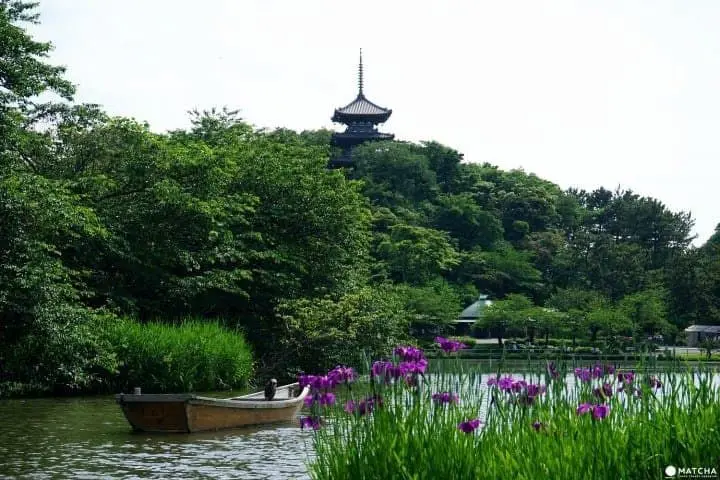
Sankeien is a beautiful public Japanese garden in Yokohama. Visitors can participate in a tea ceremony held in one of the elegant pavilions within the garden for a small fee of 500 yen. The fee includes the Japanese sweets served with the tea, as well as the option to try making a cup of tea yourself at the end following the instructions of an experienced tea ceremony practitioner.
Urasando Garden in Tokyo
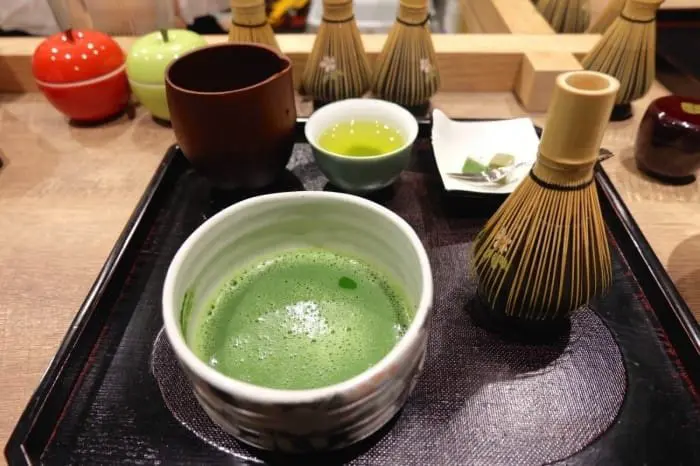
Ujien is located within Urasando Garden, a store in Tokyo's Omotesando district. Here, the staff conducting the tea ceremony and the guests partaking in this experience blend seamlessly, creating a highly enjoyable workshop. Within the vicinity, you will find restaurants and shops dedicated to Japanese culture, offering a chance to explore and acquire authentic Japanese goods.
Wazukacha Cafe

Kyoto's Wazukacho is proud to be Japan's largest producer of tencha, the raw material for matcha. At Wazukacha Cafe, one can enjoy green tea and browse through the tea-related souvenirs on sale. Also if your schedule permits it, you might want to join a powdered green tea art workshop which is held a few times during the month.
Experience Tea Ceremony in Japan
We have touched upon some fundamental aspects of the tea ceremony that you should bear in mind should you ever partake in a tea ceremony workshop or gathering, and have also highlighted places where you can savor green tea.
The tea ceremony entails numerous etiquette rules and customs, making it challenging to remember all of them in a brief period. Nevertheless, when attending a tea gathering, observing the actions of other guests can guide your participation even without in-depth knowledge of the subject. Remember, making a sincere and heartfelt attempt to adhere to the tea ceremony's etiquette may be the most significant form of etiquette of all.
Read also
Main image: Pixta
旅行が趣味の22歳です。日本の魅力をお届けします。







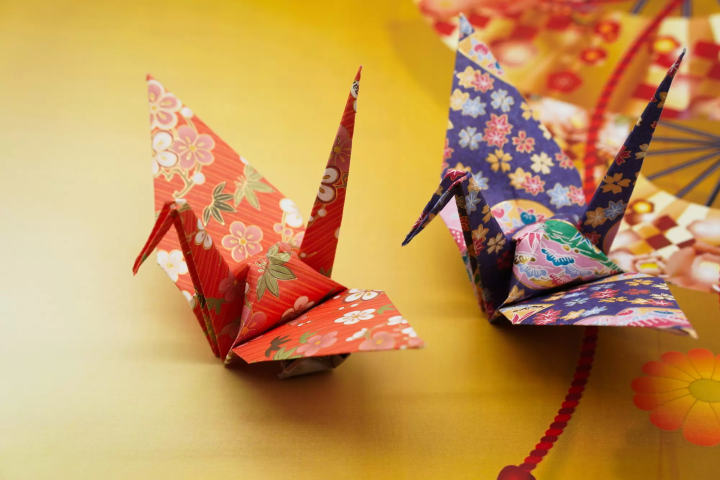



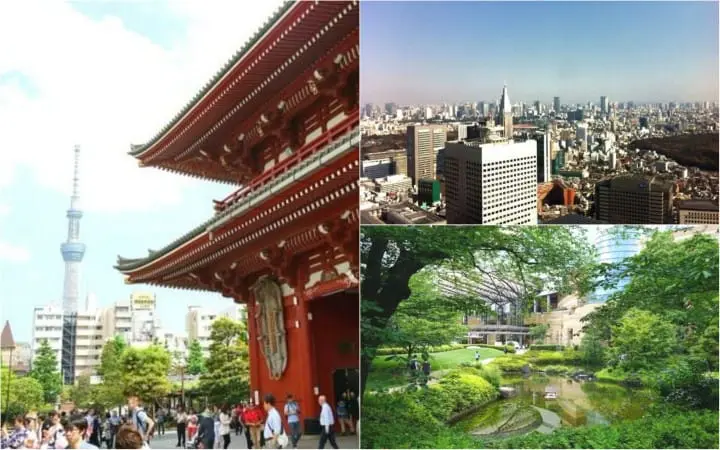



























![[2026] Top 5 Strawberry Picking Spots in Tokushima, Naruto| Farms and Access Guide for January to May](https://resources.matcha-jp.com/resize/720x2000/2025/03/06-227165.webp)



